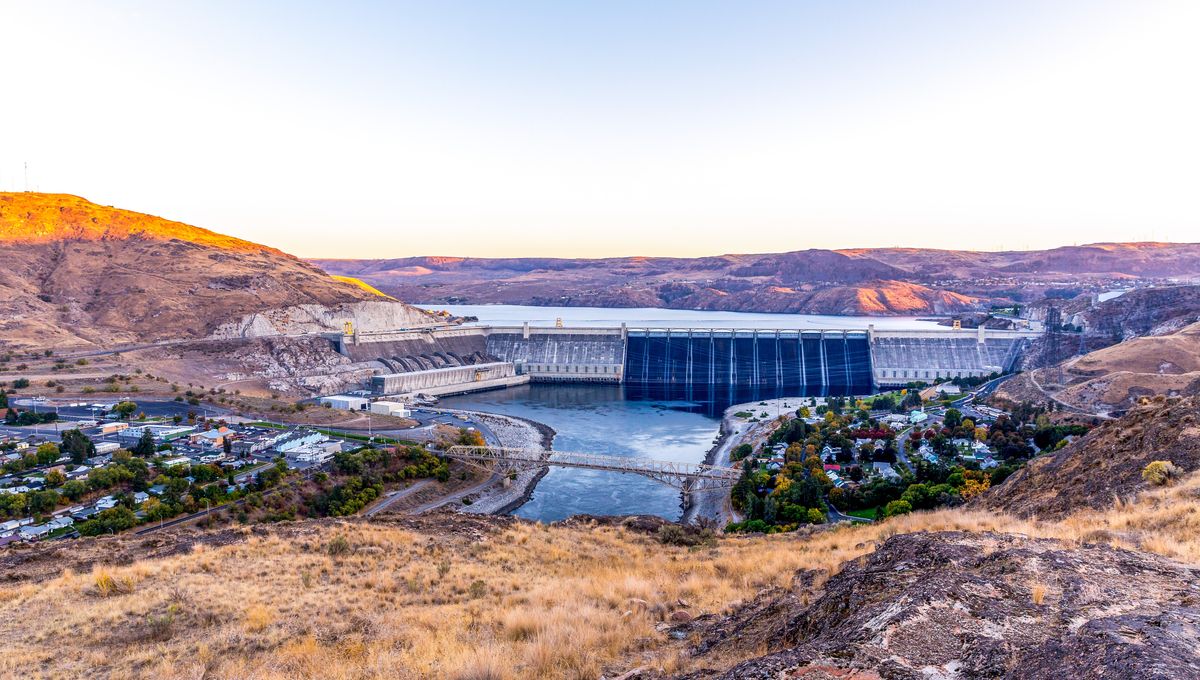
The US government has for the first time acknowledged the harms caused by the building of hydroelectric dams to Tribes in the Pacific Northwest.
A 73-page report from the Department for the Interior documents the “historic, ongoing and cumulative impacts of federal Columbia River dams” on Tribes living within the basin, focusing in on how the construction and operation of 11 dams has affected the resources, economies, and livelihoods of the people living there.
The Columbia River Basin sits at the heart of the surrounding Tribal communities, with many traditions, as well as resources, rooted in its waters.
“God created this Indian country and it was like He spread out a big blanket. …When we were created we were given our ground to live on, and from that time these were our rights. This is all true. …My strength is from the fish; my blood is from the fish, from the roots and the berries. The fish and the game are the essence of my life,” as Yakama Chief Meninock testified in the report.
However, with the 19th century came settlers with commercial interests, such as logging, mining, and fishing. As a result, the 16 million wild salmon and steelhead that returned to the region each year, providing a vital resource, began to dwindle, shifting wealth away from the Tribes.
Then, from the 1900s through to the 1970s, a series of hydroelectric dams built to support irrigation and provide power in the western US worsened the situation.
As well as flooding land, sacred sites, and ancestral burial grounds, the construction of the dams also blocked migrating fish from being able to reach their usual destinations. By the mid-1900s, it’s estimated that salmon and steelhead runs in the Snake River, the Columbia River’s main tributary, had dropped by 90 percent.
The consequence of this, as outlined in the report, has been a historic and continuing loss of “well-being, ways of life, and sovereignty” for the Basin’s Tribal communities.
“Since time immemorial, Tribes along the Columbia River and its tributaries have relied on Pacific salmon, steelhead and other native fish species for sustenance and their cultural and spiritual ways of life,” said Secretary Deb Haaland in a statement. “Acknowledging the devastating impact of federal hydropower dams on Tribal communities is essential to our efforts to heal and ensure that salmon are restored to their ancestral waters.”
This action follows plans announced last year by the government to restore salmon populations in the Basin over the course of 10 years, potentially through the removal of dams. Back in 2022, a study found that breaching the dams in the Lower Snake River represented the best opportunity to recover fish populations.
The report highlights the need for such plans to continue in the future.
“As we repeatedly heard in consultation, the government’s work to better understand and incorporate Tribal perspectives into decision making must continue after the publication of this report.”
Source Link: US Government Acknowledges Harms From Federal Dams On Columbia River Basin Tribes